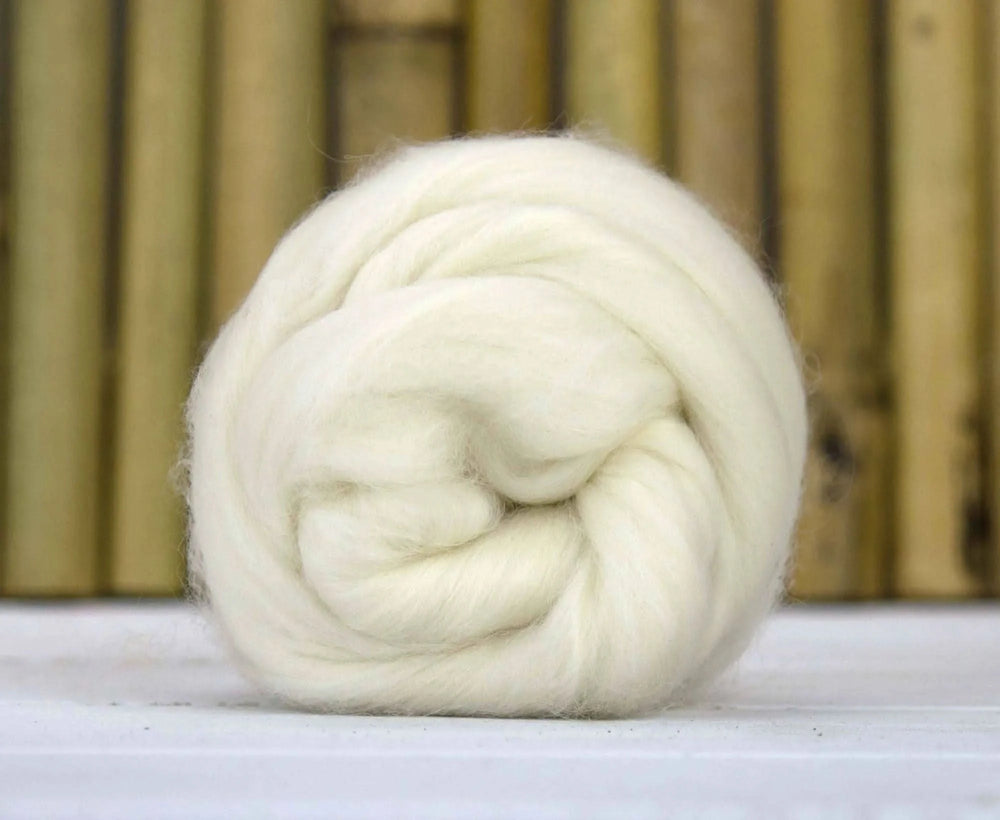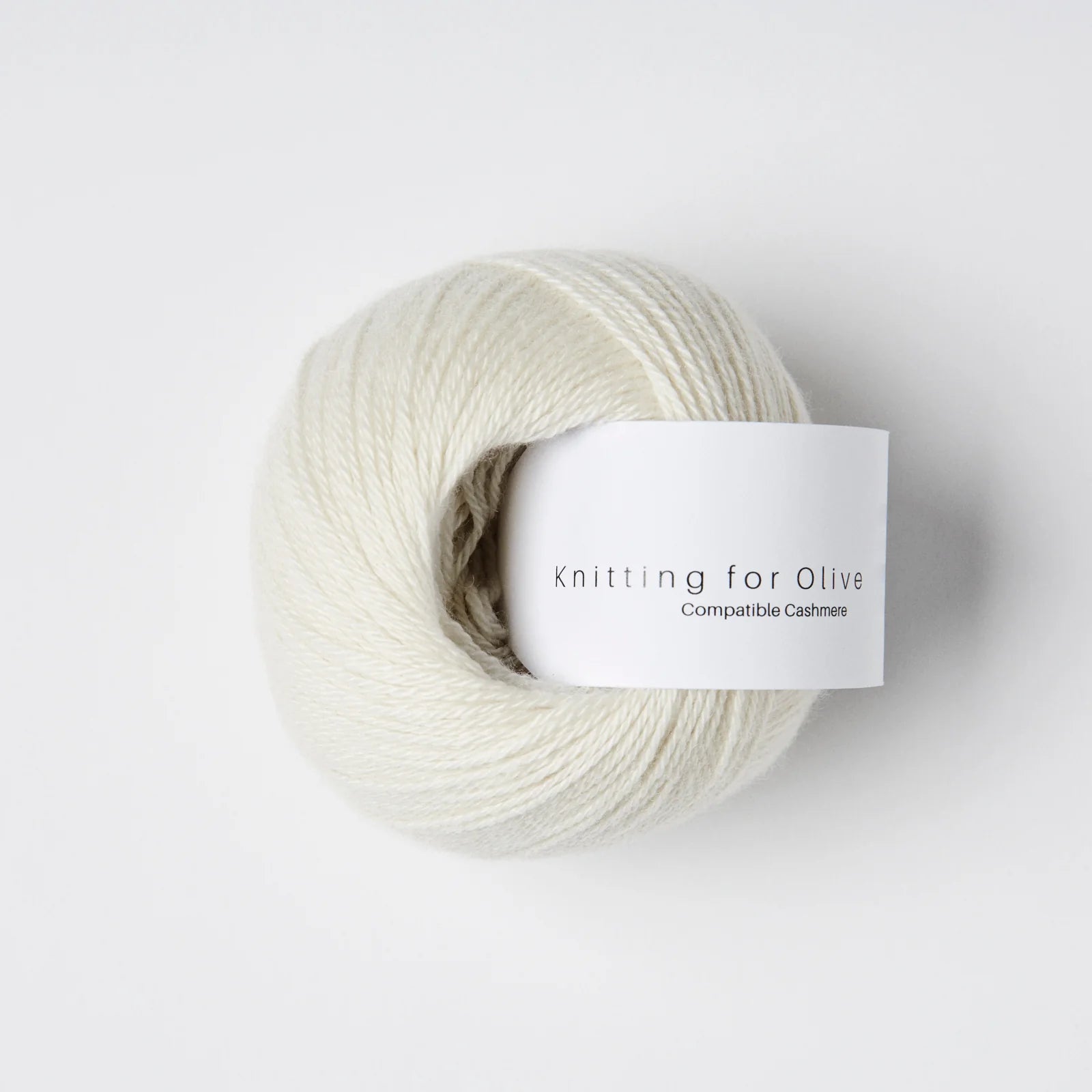Is Cashmere a Natural Fiber? Exploring Its Organic Origins and Uses
Is Cashmere a Natural Fiber? Exploring Its Organic Origins and Uses
Blog Article
Discover the Attraction of Cashmere a Natural Fiber: Why It's a Must-Have in Your Closet
The allure of cashmere, a luxury all-natural fiber, transcends plain appearances. From discussing its interesting origin to comprehending its manufacturing treatment, procedure, and high quality, it's worth checking out why cashmere holds such an unique area in the globe of textiles.

The Beginning and History of Cashmere: A Brief Review
While numerous may check out cashmere as an easy luxury, its background is soaked in rich cultural tradition. Stemming from the Kashmir region in India, cashmere wool has been produced for thousands of years. The fiber is obtained from the soft undercoat of cashmere goats, collected throughout their molting season.
Recognizing the Unique Residences of Cashmere Fiber
Cashmere, renowned for its distinctive attributes, stands out on the planet of textiles. This glamorous fiber is unbelievably soft, supplying a comfy and relaxing feel unlike any type of various other. It is considerably warmer than wool, making it an excellent selection for winter months garments. In spite of its warmth, cashmere is remarkably lightweight and does not include unnecessary bulk. This natural fiber is also recognized for its sturdiness. While other products may use down in time, cashmere preserves its top quality, guaranteeing lasting wear. Cashmere possesses a distinct aesthetic charm. Its mild radiance and elegance make it a staple in premium fashion. Recognizing these residential or commercial properties makes clear why cashmere is not just a deluxe, however a rewarding financial investment for any kind of wardrobe.

The Process of Producing Cashmere: From Goat to Garment
To value the elegant residential or commercial properties of cashmere completely, one should comprehend its journey from the raw fiber to the completed product. The procedure starts with the cashmere goats, primarily discovered in Mongolia, China, and Iran. The pure cashmere is after that dyed, spun right into thread, and finally knitted or woven into the sought after garments.

Deciphering the Quality and Rate: Why Is Cashmere so Expensive?
The steep price of cashmere garments frequently leaves customers questioning regarding its validation. The cost stems mainly from the tough manufacturing process. is cashmere a natural fiber. Cashmere originates from the fine undercoat of the cashmere goat, with each goat producing a mere 150 grams yearly. The labor-intensive process of brushing and gathering the rare fiber dramatically increases the expense. Moreover, the processing of raw cashmere needs both time and experience, with the fibers needing to be thoroughly arranged, cleaned, and rotated. The scarcity of pure cashmere, paired with its premium softness, warmth, and sturdiness, warrants its deluxe status and high cost. These variables integrated make cashmere a pricy yet very popular commodity worldwide of fashion.
Cashmere in Style: The Versatility and Classic Allure
Despite its high price, the timeless charm and adaptability of cashmere have actually cashmere solidified its location in the realm of fashion. The fiber's distinct structure, characterized by its soft qualities and heat, has actually come to be identified with high-end and convenience. Its flexibility prolongs beyond seasonal trends, making it a closet crucial in various forms, from stylish coats to elegant headscarfs. The flexible nature of cashmere permits for its integration right into both official and informal outfit, representing its broad allure. Furthermore, the material's enduring appeal over the years attests to its ageless beauty. As fads reoccured, cashmere continues to be a constant, its allure undiminished, remaining to motivate and shape the style sector's landscape.
Taking Care Of Your Cashmere: Maintenance and Conservation Tips
Making certain the long life of cashmere garments requires certain treatment and focus. These prized belongings should not be tossed into the washing device with regular laundry. Instead, hand washing with mild, pH-neutral soap in warm water is recommended. After washing, they must not be wrung out. Rather, they should be delicately pushed in between towels to absorb excess water, after that laid level to completely dry. Routine brushing with a cashmere comb can stop pilling. Saving these things in a cool, dry location, preferably in a breathable bag, can safeguard them from moths and moisture (is cashmere a natural fiber). A periodic airing outside, far from direct sunlight, can freshen the fibers. With these upkeep and conservation pointers, one can ensure their cashmere continues to be long lasting and luxuriously soft.
Final Thought
Cashmere, with its unparalleled gentleness and heat, offers both deluxe and toughness. Its origin from the Kashmir region and thorough manufacturing process contribute to its premium charm and expense. Its versatility in style and sustaining charm make it a deserving investment for any kind of wardrobe. With correct care and conservation, cashmere garments can last for many years, using a special mix of convenience, high quality, and style. Discover the allure of cashmere and elevate your fashion repertoire.

Report this page